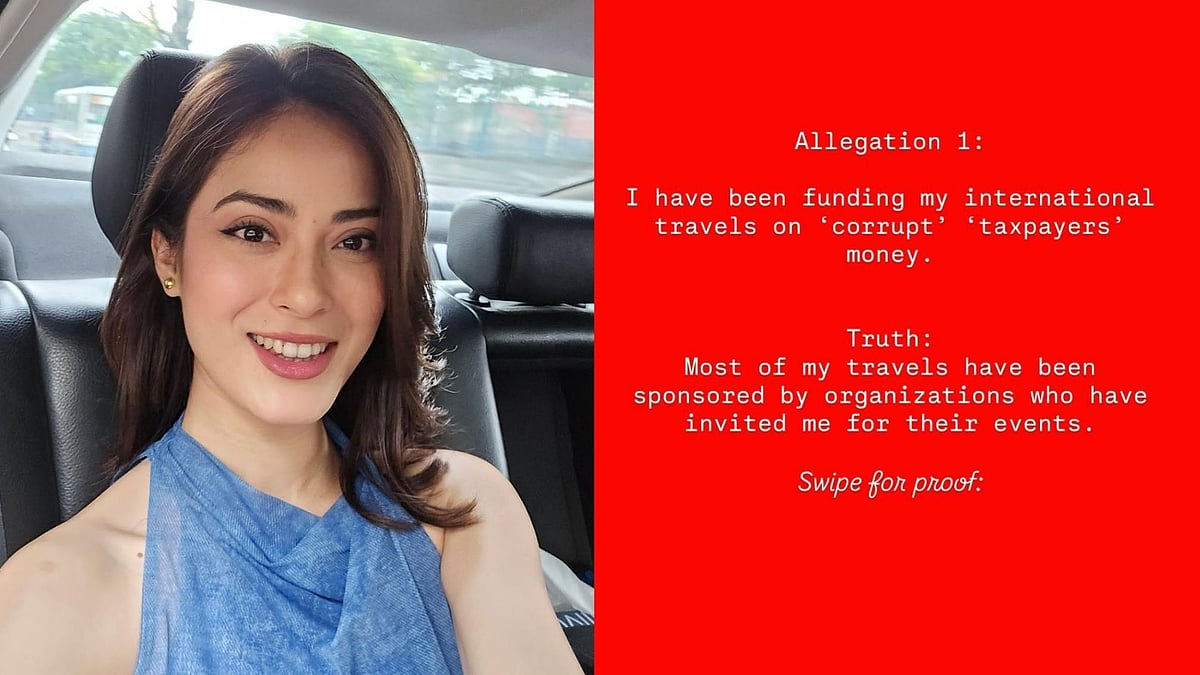The deportation of a few hundred Indians from the US is unlikely to deter illegal immigration, nor is the rounding up of a few dodgy intermediaries. Narratives that valorise the pursuit of the American Dream, both in the Indian and the US media, are a relentless push-and-pull factor encouraging lakhs of youth to attempt the hazardous business of breaching borders.
It is no coincidence that most of the recent deportees are from Punjab, a state where illegal immigration to the West has been normalised to the point that it is reflected in popular culture. Songs celebrating the ‘donkey route’ and films and social media posts documenting the experience promote a sympathetic view of illegal immigrants.
The standout feature is that the failed immigration attempts arose not from destitution, but aspiration. The very fact that the majority of immigrants were able to raise the resources to fund their visas or take the illegal route, a minimum of Rs 35 lakh, underlines that for most, immigration is a choice and not a compulsion. Wannabe immigrants choose to defy laws and border restrictions and engage nefarious actors and lawyers at a high cost in pursuit of the NRI dream.
So, the tendency to frame immigrants as victims is, at least, partly misplaced, because they are not escaping untenable situations of oppression or privation. (Although many migrants applied for and obtained ‘asylum’ on grounds of state-sponsored discrimination in the 1980s, like the Khalistani extremists in Canada, and some still do so, long after Punjab’s troubles have abated.) The point being made is that they proactively choose to migrate, rather than exercise their option to stay in their home country.
But, even though there is no compulsion involved, the choice cannot be regarded as an entirely rational and free exercise of agency. In Punjab, parents are inclined to send youngsters abroad by hook or crook to escape drug addiction and unemployment or simply to acquire the ‘wannabe’ status of an NRI offspring. As the Punjab Agricultural University study indicated, from 2016-2022, overseas migration took on exodus-like proportions, and the main reasons cited were low income, corruption and poor governance. These are the ‘push’ factors, and they reflect poorly on successive state governments.
But the ‘pull’ factors are equally strong. The palpable success of those who have migrated, legally or illegally, and managed to regularise their status inspires others to follow in their footsteps. The perception that living overseas is equivalent to improved wellbeing, and enhances the social status of the family back home is a major reason for immigration.
The choice to immigrate through dubious means is, therefore, not based on a rational cost-benefit calculation, given the number of variables involved. Border crossings can be hazardous; detection and deportation cannot be ruled out; obtaining employment and a good income is not a given.
But the gamble is regarded as having a high probability of success. While hundreds may be deported, thousands will remain, many of them undetected. Of the 220,000 undocumented Indians actually detected in the US, 332 have been returned so far on three separate flights. At this rate, another 2,000 flights will be required! As of now, the US plans to place deportees in Central America.
Another reason for risk-taking is that destination countries often follow an unstated policy of what migration theorists have dubbed “permissible illegal immigration,” that is, selective action against undocumented workers by law enforcement agencies. The necessity of cheap labour in certain sectors, like agriculture, for example, may lead to a softer approach to undocumented farm workers.
Yet another factor is the US media, in which the pursuit of the American Dream has been highly romanticised. Every other TV show depicts illegal immigrants as brave souls who have made immense personal sacrifices to reach US soil, work hard and contribute to the economy. Those unable to obtain the green card, the holy grail of undocumented workers, and therefore at risk of deportation, are characterised as martyrs. Studies have claimed that these depictions promote a pluri-cultural outlook and empathy for immigrants.
That may have been true a few years ago. But Gallup reported last year that a majority of Americans are now anti-immigration, a sentiment gaining ground across the West. As of now, governments of destination countries are taking note of escalating tensions between immigrants and natives, as the latter perceive the former as an economic and cultural threat. For example, Spain’s decision to regularise undocumented immigrants over the next three years has perturbed the rest of the European Union.
Aware of the global trend, the government of India has been harping on expanding legal routes to migration. Germany, for example, has offered 90,000 slots to qualified skilled workers annually. This means instituting skilling programmes of a high order, which will not only allow workers to obtain the requisite certification but also to acquire language skills. Similar agreements can be hashed out with countries facing labour shortages.

At the same time, the narrative on immigration needs to change. It’s okay to celebrate the many middle-class Indians who study overseas, obtain academic qualifications, find jobs and stay on in the destination country, eventually acquiring citizenship. But it’s not okay to risk your life and your family’s fortunes by becoming an undocumented worker.
Bhavdeep Kang is a senior journalist with 35 years of experience in working with major newspapers and magazines. She is now an independent writer and author.










